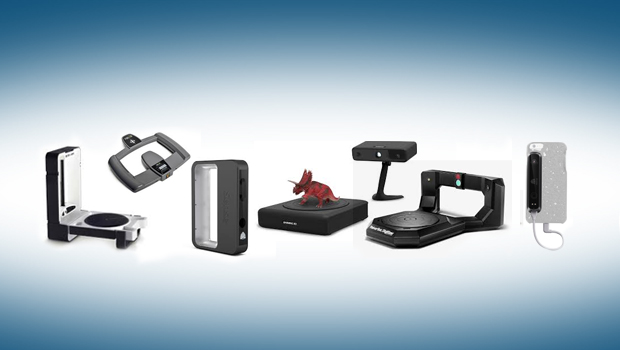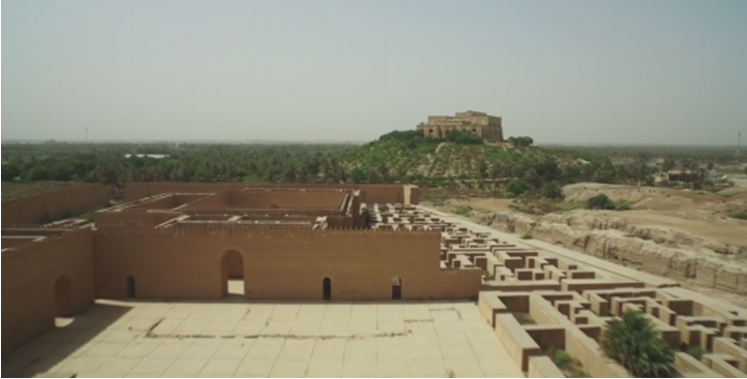
Tag: 3D Scanner



Shining 3D presents its EinScan 3D scanner and Einstart 3D printer to Iraq to preserve the Ancient Babylon.
November 23, 2015
No Comments
Read More »





© Copyright 2014 – 24 THINK3D. All rights reserved